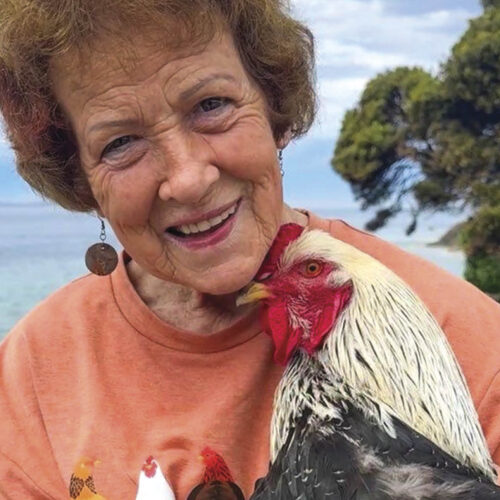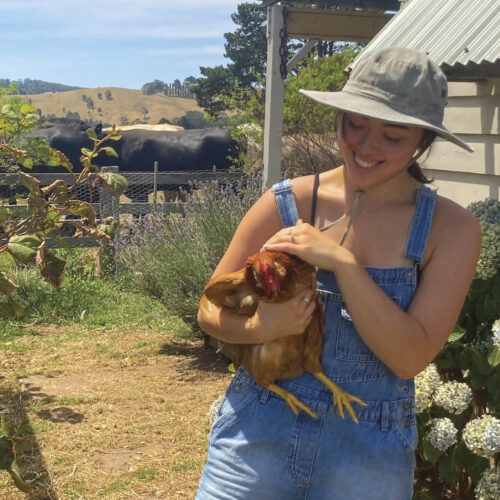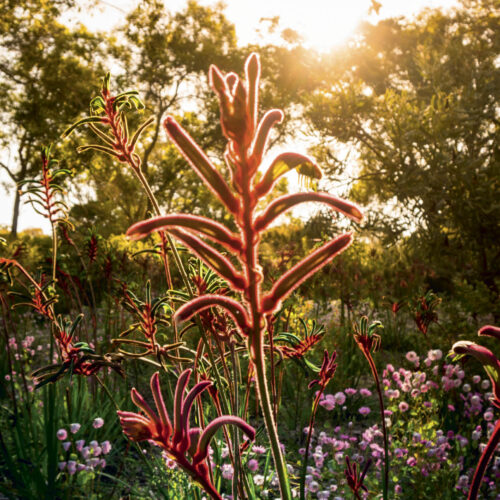A bowerbird in my garden
2014-06-27T08:51:49+10:00
JENNIFER STACKHOUSE reports on the beguiling satin bowerbird.
Satin bowerbirds are native to the east and south-east coasts of Australia. The male builds bowers to impress the female and find a mate. He decorates it with blue objects then awaits the ladies who he is out to impress.
Male satin bowerbirds have plumage that resembles black satin shot with blue. During breeding time their eyes are a piercing blue. One of these magnificent birds has built its bower in a garden bed next to our house. Although it is partially hidden from anyone walking in the garden, the bower is clearly visible through the bedroom windows.
The male bird has spread out his collection of blue objects and regularly performs strutting dances in and around the twig bower. As well as the ever-growing blue collection he has added long pieces of straw and some dead and dry flowers. The yellowy colour of the straw highlights the blue of his collection. This isn’t a nest, but the bird equivalent of a bachelor pad.
The female stands in the bower and watches him as he dances, fluffing up his wings and tail. As he moves around he sings his harsh songs and rearranges his collection of objects. He often picks up a blue item with several of the pieces of yellow straw exhibits it then puts it down again. Sometimes the female picks up some of the ornaments as well and even rearranges them. It is fascinating to watch the courtship.
But romance isn’t plain sailing even for this talented bird. Recently I watched a young male bowerbird destroy the bower! Damage done he flew off. When the resident male returned he looked shocked to see the damage but pulled himself together and began repairing the trashed bower reusing the pieces the interloper had torn down and thrown aside.
In this photo he has rebuilt the bower. It took quite a few hours of constant work, but he eventually had it back together and ready for his next display.
In reading up about these native birds I’ve learnt that the glossy black blue plumage this bird exhibits doesn’t develop fully until the bird is seven. The males begin to colour at about five. So our bird is more than seven years old and the interloper was probably about five. I wonder if the interloper has his own bower near by – or is just looking for a pitch! Meanwhile, the display continues even though it is mid winter here and summer is their normal breeding time.





